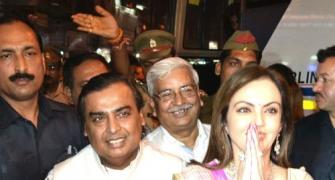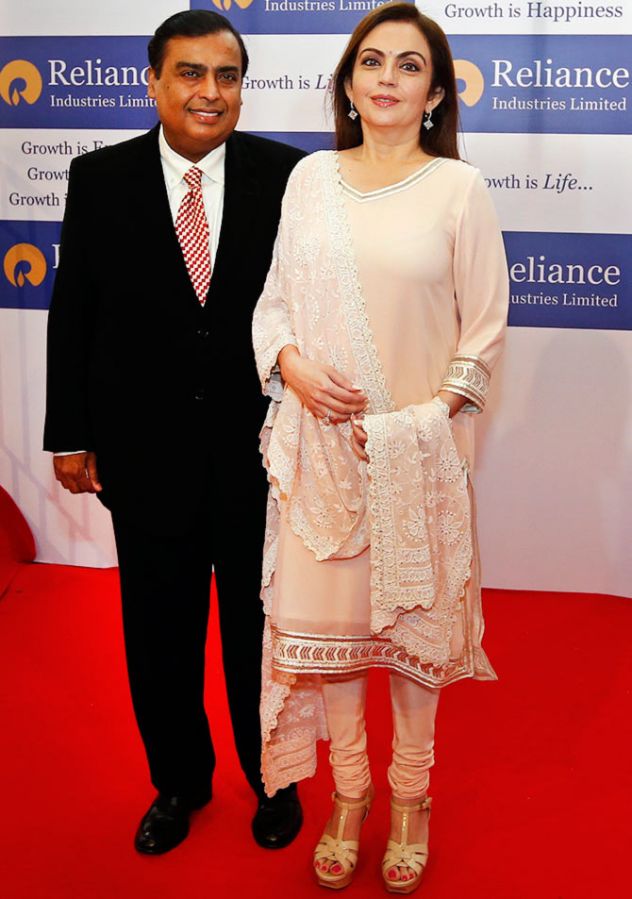
In the absence of adequate state funding, the arts are dependent on corporate patronage, notes Kishore Singh.
The art fraternity is abuzz with news of the Met Breur in New York opening where the Whitney used to be with a retrospective of Indian artist Nasreen Mohamedi.
But what few know is that the exhibition is being supported by Nita and Mukesh Ambani and their Reliance Foundation.
What little is known of the Ambanis' own collection is by way of what has been commissioned for Antilla, which is along the lines of classical, traditional and decorative art rather than that considered contemporary.
Which is what brings us to the billion-dollar question: how many of those in the Billionaire Club support or understand art?
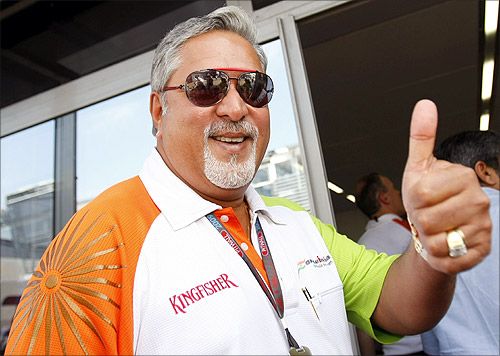
While India's wealthiest embrace lifestyles that would be the envy of the rich and famous -- even if they are not as flamboyant as Vijay Mallya or Subrata Roy -- spending has tended to be conservative (on education abroad), realistic (on real-estate) or lifestyle based (luxury brands, overseas holidays, peer symbols) with the occasional jet or yacht thrown in.
But, with minuscule exceptions, few have spent money or supported art, whether for themselves, as foundations, or even as investment.
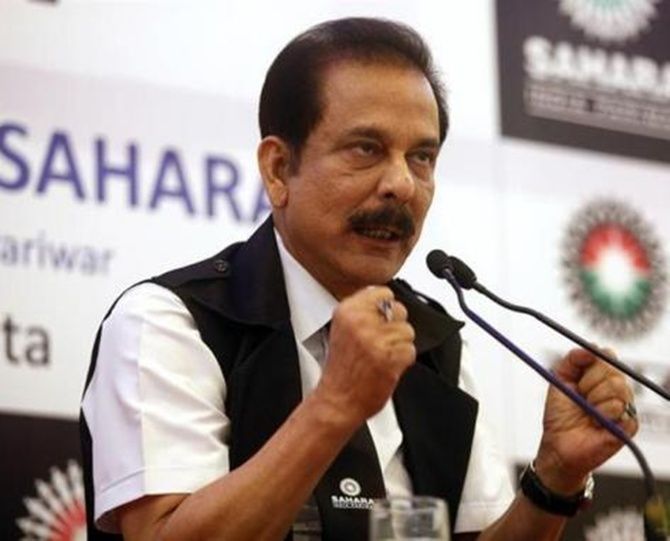
In the absence of adequate state funding, the arts are dependent on corporate patronage, which, if it appears inadequate, is probably on account of the absence of platforms and incentives from where such funds -- or support in any form -- can be channelled.
The West has built a culture of art philanthropy but in India receiving is as much a problem as giving.
There seems no precedent under which corporations or individuals can support museum programmes, donate collections or fund exhibitions, nor are incentives offered to support personal initiatives.
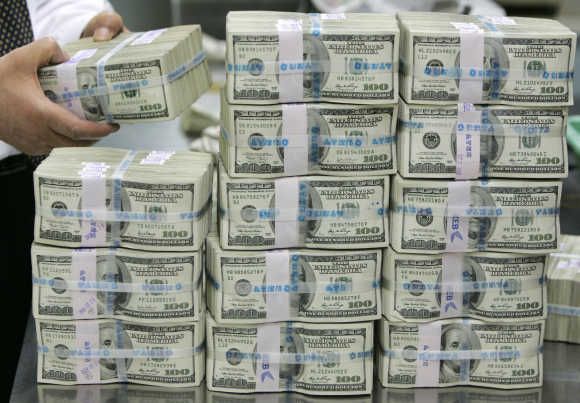
Not without reason, I suspect -- Indian laws can be disingenuous when it comes to accruing benefits unethically -- but adequate screening measures could help recognise genuine philanthropic efforts from those intended to be gratuitous.
A developing economy is reflected in a vibrant culture of art which, in India, seems fractious and fragmented and vulnerable to whimsy.
I daresay, none of the new generation businesses and startups has an interest in the arts because their promoters were not taken to galleries or museums as children and would, today, have difficulty telling a Husain from a Hayabusa.

I never tire of laughing that long after governments and coalitions, companies and industries are gone, all that will survive to tell the chronicles of our times will be its architecture (which, in India, is currently at its most abysmal) and its art.
Would it hurt, then, to invest, if not money then at least time, in developing an interest in the field of art?
Earlier businesses had their patrons -- whether the Goenkas or Tatas -- who revealed eclectic tastes, collecting anything from manuscripts to textiles, antiquities to miniature and modern art, but we cannot any more take the patronage of India's business houses for granted.
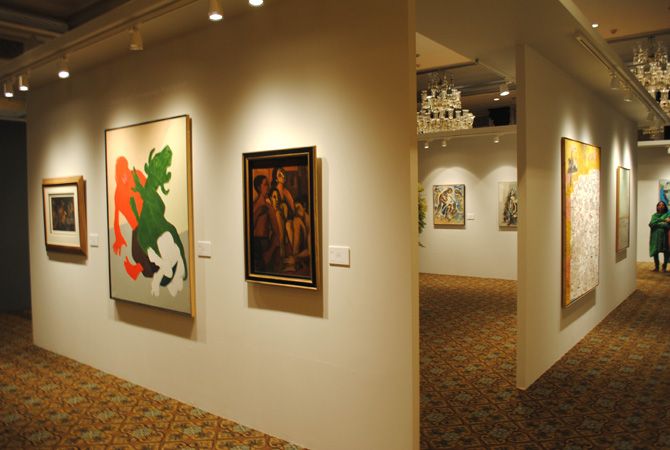
Who knows what interest the Mittals or Bansals have in art at all -- certainly, there is no evidence to support the claim -- and Bengaluru, where more money is VCed per square foot, hardly seems to have any art market at all.
Gurgaon's highrises and businesses reveal a similarly bleak picture.
And yet, even if India's billionaires spent a half percentage of their wealth to support the arts, the art economy would boom and result in a flourishing environment.
For now, there are a precious few Nadars and Piramals, Savaras and Singhs who make up the art collecting community.
If the Ambanis are supporting the Nasreen Mohamedi exhibition at the Met, it is in collaboration with the Kiran Nadar Museum of Art.
More such alliances could well be the way forward to fuel the world of Indian art.
Kishore Singh is a Delhi-based writer and art critic. These views are personal and do not reflect those of the organisation with which he is associated



